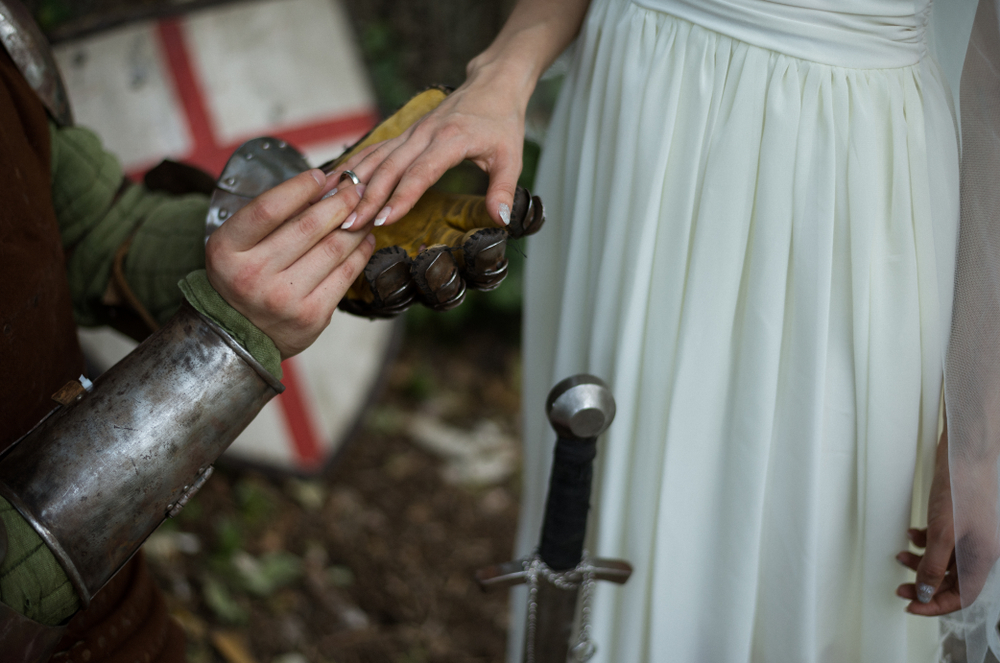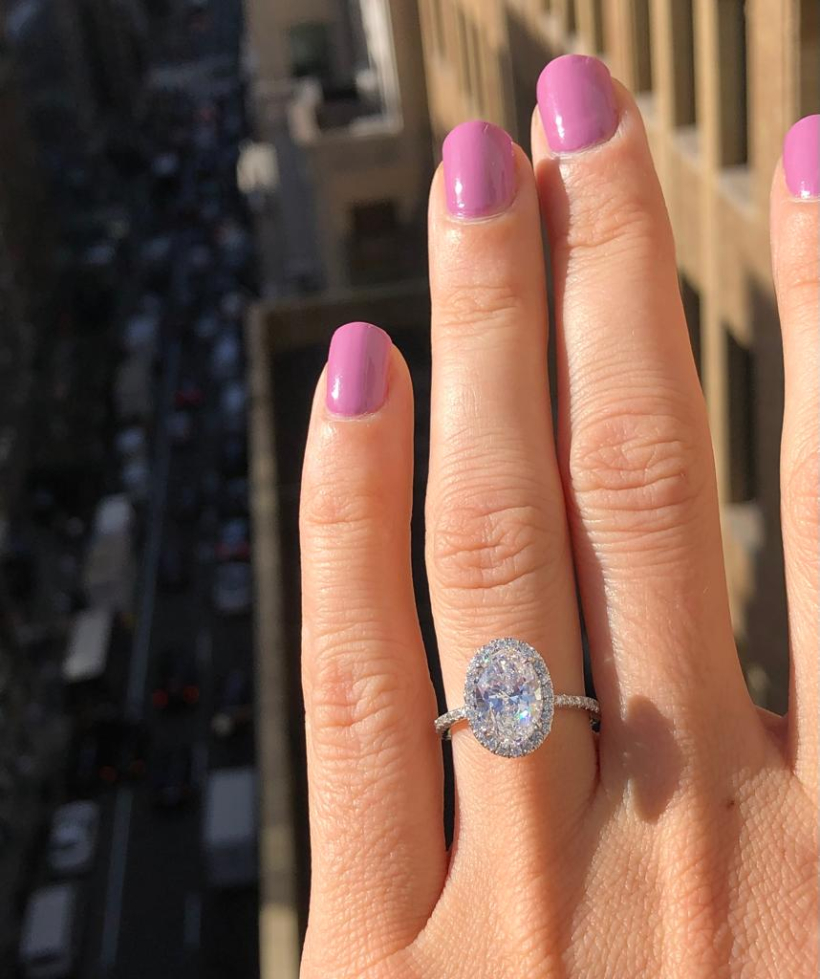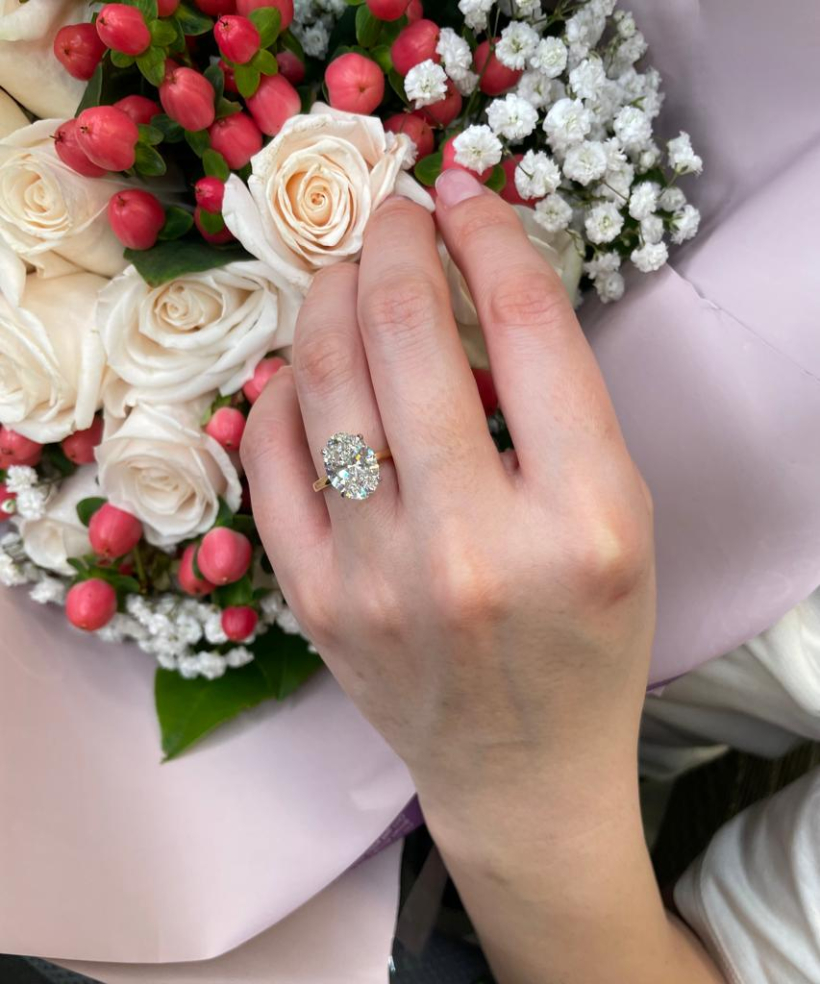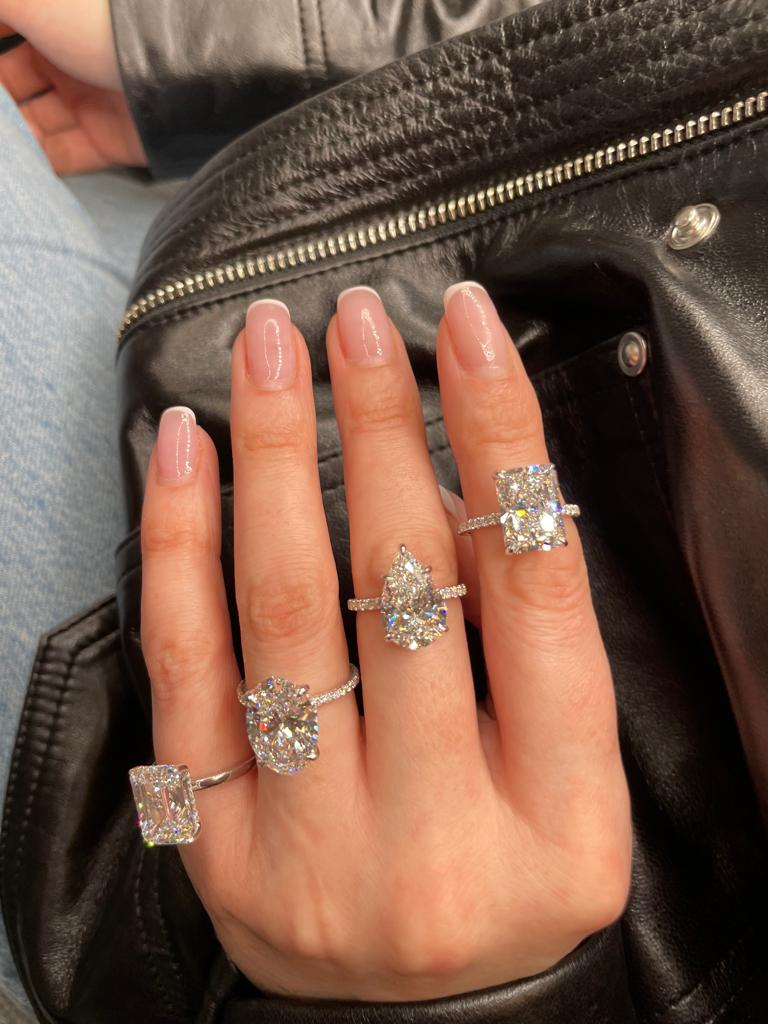Engagement rings are an established part of modern life. When you find that special someone with whom you want to spend the rest of your days, one of your first thoughts is probably an engagement ring. Not only is it a tradition that billions of people around the world adhere to, but it’s also a beautiful symbol of love and commitment that transcends material value.
But if you’ve never researched the origins of engagement rings, you probably want to know how they became such a popular and widely accepted part of life. You might ask: When were engagement rings first used? What did they originally look like? How have modern engagement rings evolved and changed from their predecessors? Finally, where can you find beautiful, preowned engagement rings at affordable prices?
In today’s guide, we will answer all of these questions and more, but first, let’s look at how and when engagement rings first came into existence:
When Did Engagement Rings Start?
The official “start” of engagement rings may vary depending on who you ask. As a tradition, the giving and exchanging of rings for engagement and marriage dates back to Ancient Egypt. In ancient times, couples would often exchange rings as a symbol of their commitment to one another. For “commonfolk,” these were typically made of more accessible materials like braided hemp or leather.
The tradition of betrothal rings continued and evolved in Ancient Rome. Since Romans developed more advanced metalworking practices, rings could be easily made by forging hot iron. This was not only practical, but it also served as a symbol of the strength and permanence of the relationship.
The Start Of Diamond Engagement Rings
It wasn’t until the Middle Ages that the concept of engagement rings became more established across multiple countries and cultures. This was around the same time that diamonds and other precious gemstones began to be used in engagement rings. While engagement rings had already been used in one form or another for centuries, many histories consider the official “start” of modern engagement rings to have occurred in 1477. That year, Archduke Maximilian of Austria gave a diamond engagement ring to Mary of Burgundy as a sign of his love, commitment, and intention to marry.
This was a widely publicized and historic event in Europe, and the “trend” of gifting diamond engagement rings quickly spread to other royal and wealthy families throughout the continent. It also became the catalyzing event that would forever connect diamond engagement rings with love and commitment in Western culture. By the 17th century, the practice of using diamond engagement rings evolved even further, as it became more common around this time to wear the ring on the fourth finger of the left hand. This was done because the vein from this finger was believed to run directly to the heart, providing an even greater symbol of romantic love.
However, it’s important to note that diamond engagement rings remained out of reach for most people until the emergence of the middle class in the mid-19th century. Around this time, it became more common for people of the middle and upper classes to present diamond engagement rings to prospective partners. However, it would still take another century before diamond engagement rings would become the standard for virtually all couples in love.
De Beers & "A Diamond Is Forever"
You’ve probably heard the phrase “a diamond is forever” or even “diamonds are forever” before. For years, many people believed that these were simply statements of fact. Since diamonds are extremely strong, difficult to damage or destroy, and form in nature over millions of years, many people logically assume that diamonds really do last forever. While it’s true that diamonds far outlive people, this phrase is simply a result of a very clever and effective marketing campaign created at the De Beers Diamond Consortium.
Founded in 1888, De Beers took advantage of newly found diamond deposits in South Africa to make diamond jewelry more accessible to the general public. At the time, De Beers controlled 80% of worldwide diamond distribution and was therefore considered a monopoly. More recently, De Beers oversees roughly 63% of diamond distribution, but it was what De Beers did in 1947 that forever changed the diamond industry and the culture surrounding diamond engagement rings.
In 1947, a writer by the name of Frances Gerety created the now-famous phrase “a diamond is forever.” Working for a marketing agency that had been hired by De Beers, Gerety included the phrase as part of a large-scale campaign to present diamond engagement rings as symbols of eternal love, but also lasting investments. The campaign was extremely successful, helping drive diamond sales across the Western world. The increased supply of diamonds from South Africa and other mines throughout the world helped lower prices, making diamond engagement rings more accessible to people from all walks of life.
Modern Diamond Engagement Rings
As you can see, diamond engagement rings have a long history. Today, they are an established part of the “courting” process, but they also come in many different forms and designs. Various brands have established themselves as some of the most trusted and revered providers of engagement rings. Here are just a few of the most popular diamond engagement ring brands on the market:
Lab Diamonds
In recent years, many consumers have turned their attention to laboratory diamonds. Lab diamonds were first created in 1954, though the technology and processes have improved substantially in the decades since. Lab diamonds are identical to naturally formed diamonds in virtually every way. The only difference is that natural diamonds form deep underground (or in outer space) over the course of millions of years. Alternatively, lab diamonds replicate the natural processes that create diamonds in a lab environment over a much shorter time (often just weeks).
This means that lab diamonds have a much smaller carbon footprint, more ethical procurement practices, and often lower prices than natural diamonds. If you’re interested in saving even more on a diamond ring or want to make a more environmentally friendly purchase, be sure to check out HYSTR’s preowned lab diamond engagement rings.
How To Buy Or Sell Used Diamond Engagement Rings
Now that you know a bit more about the history of engagement rings, are you ready to get one for someone special in your life? If so, you can’t go wrong by choosing a design you love throug Have You Seen The Ring. At HYSTR, you can find thousands of beautiful diamond engagement rings for sale. The best part? You can bid on the rings you like and negotiate to find a price that works for you. Plus, you don’t have to worry about getting something different from the pictures, as every ring on our marketplace is thoroughly authenticated by a trained gemologist.
As a buyer, you also have access to a huge pool of interested buyers. All you have to do is post pictures of your ring, field bids from interested buyers, negotiate a final purchase price, and mail the ring to HYSTR for authentication. With HYSTR, the process of buying and selling preowned diamond engagement rings has finally been brought into the 21st century!
We hope you enjoyed our guide on the history of engagement rings! Are you currently trying to buy or sell a used engagement ring? If so, be sure to contact HYSTR today!








